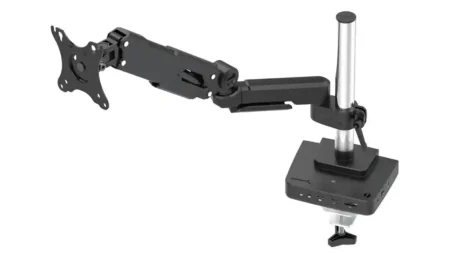Getting to grips with manual mode is a rite of passage for many photographers. But with a solid understanding of the basics of exposure, you’ll find that your camera’s M mode is actually pretty straightforward.
The real question many photographers face is, why would you choose to shoot in manual mode to begin with? For most subjects you can typically shoot in Aperture Priority or Shutter Priority modes and let your camera do most of the work.
But in some situations you’ll need to take full control. These are instances where you’ll need to take control of both the aperture and shutter speed, typically in difficult lighting when your camera’s metering system provides inconsistent results.
Below are four common subjects and scenes where using manual mode is almost always imperative.
SEE MORE: What is manual exposure: 7 ways to get off auto mode
When to use manual mode on your camera
01 Studio flash
When shooting with studio flash your camera’s metering system will try to adjust the exposure for the ambient light in the room. In these instances, try dialling in the aperture and shutter speed you would like to use and then adjust your flash’s output until you get an exposure that gives the desired effect.
02 Snow and sky
Your camera’s metering system will struggle mightily when trying to photograph large, bright backgrounds such as skies, snow or even sand. In these situations the contrast is so extreme that your meter can’t cope.
As a result, it will typically under-expose subjects and your images will be full of silhouettes. Taking control with manual mode will allow you to fine tune the exposure to meet your needs.
03 Fireworks
Shooting at night is difficult enough for your light meter, but taking an accurate reading of multi-coloured, sparkling fireworks displays is next to impossible.
And because the display is constantly changing, your camera simply can’t cope. In these situations we like to set our aperture to f/5.6 and dial in a shutter speed of 4secs.
This is a nice starting point, and from there you can adjust according to your needs.
04 Using filters or tilt-shift lenses
Tilt-shift lenses are manual by nature, but what causes the most exposure errors with these optics is the movement and size of the imaging circle. The same problem occurs with filters and linear polarisers. In these instances, turn the dial to your M mode and take control!



